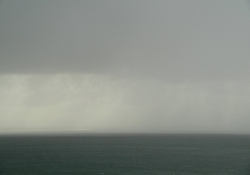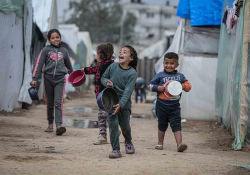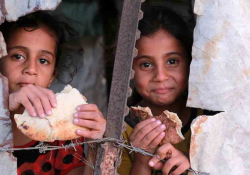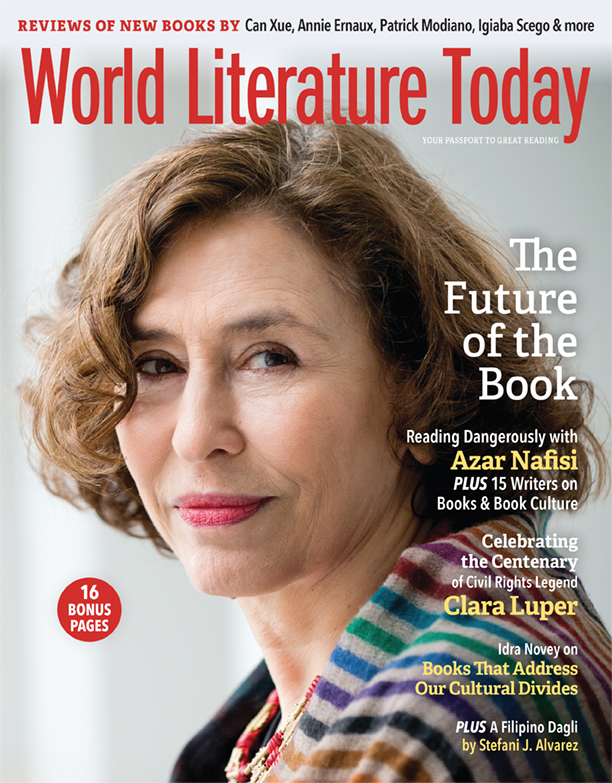Wasi
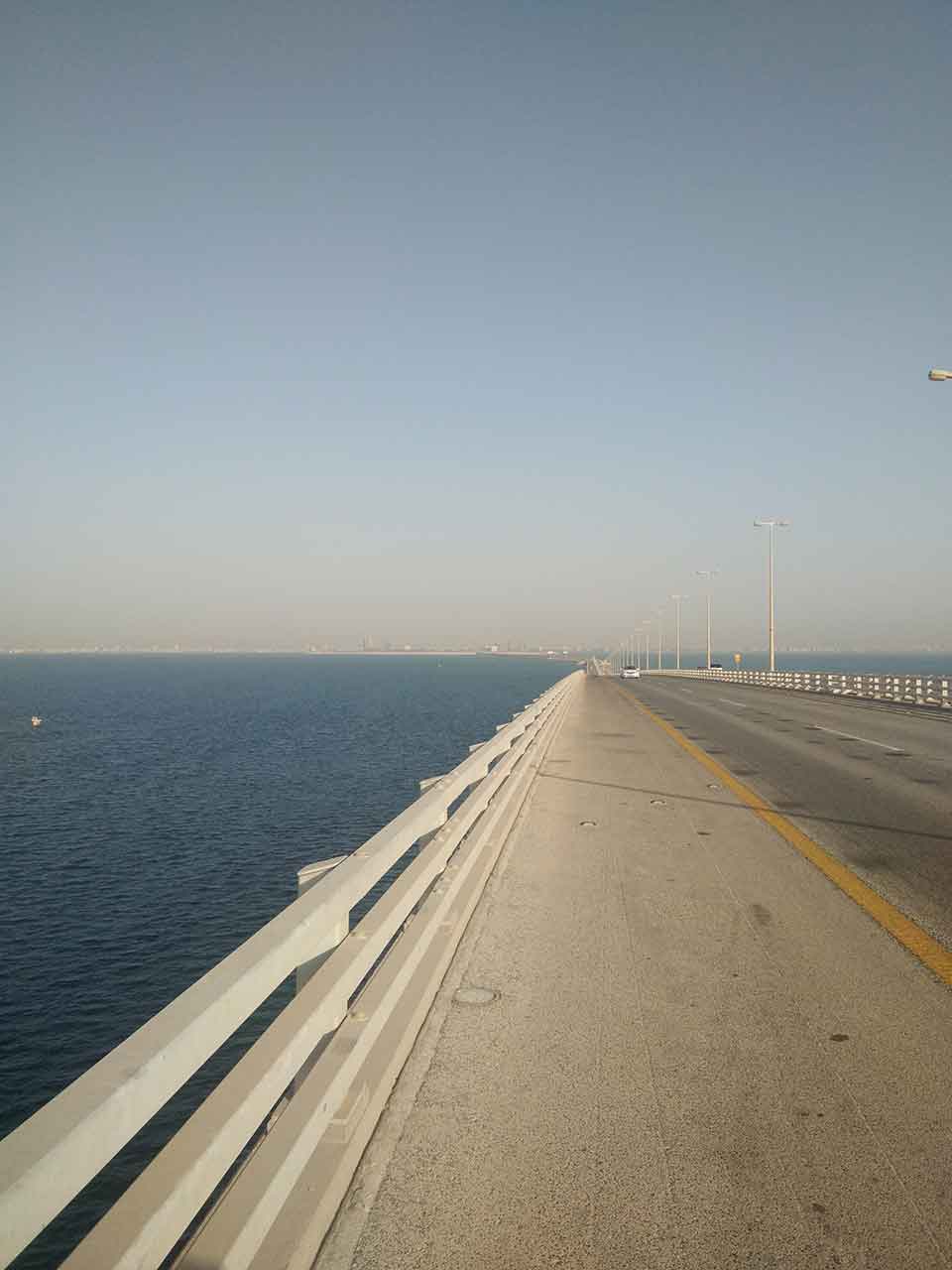
Earlier today, as our car was on queue along the Saudi–Bahrain causeway, he turned down the stereo volume for a moment.
“What will happen to this Filipini?” The Mary Jane Veloso trial was broadcasted on the local radio newscast.
“Death penalty.” Then I sipped the iced Americano, as wintry as the air-conditioning on low cool. “Inshallah, she will go to jannah.”
And he turned up the volume, the song seasoned with jazz variations.
Now a car away from the passport window of Saudi Immigration, I placed the coffee in the cup holder. I handed him my passport. He skimmed through a few pages of it. Maybe he was scouring for a story. Maybe he was searching for a riddle.
Translation from the Filipino
Note on the text: “Mary Jane Veloso is a thirty-six-year-old Filipina woman incarcerated on death row in Indonesia for drug trafficking. [She] was subjected to shocking fair trial violations, notably inept defense counsel, and a translator who was unable to translate proceedings into a language that Mary Jane knew. Mary Jane was convicted of illegally importing heroin into Indonesia, but she maintains that she was targeted by drug traffickers and had no knowledge of her role. . . . Though her case has elicited much public sympathy, Mary Jane is stranded between two nations, each aggressively pursuing their own war on drugs, and her future is uncertain.” Source: “Mary Jane Veloso: A Geopolitical Pawn in Southeast Asia’s War on Drugs,” Cornell Center on the Death Penalty Worldwide, Cornell Law School
On the Dagli
A Translator’s Note
by Alton Melvar M. Dapanas
Within the tradition of Philippine literature written in Filipino, an oeuvre independent from Philippine literature in English and literatures of other local languages, the dagli is a short prose piece that may be flash fiction or flash nonfiction or prose poem, or all, or none of them (see Ang Dagling Tagalog: 1903–1936, 2007). It is a genre that proliferated in vernacular magazines, newspapers, and periodicals at the dawn of the twentieth century after the Philippine-American War and the Treaty of Paris, when the Americans occupied the Philippines and the English language and American literature was imposed by the state (see Meg Wesling, Empire’s Proxy: American Literature and U.S. Imperialism in the Philippines, 2011).
The Encyclopedia of Philippine Art (1994/2020) defines the genre loosely as “vignettes or sketches” that could be traced back to the Tagalog pasingaw, the Binisayâ pinadalagan or binirisbiris (sometimes called dinalídalí or pinadagan), and the Spanish instantanea or rafaga, as “short account[s] . . . spontaneous and hurried quality . . . [either as] an explicit expression of a man’s love for a particular woman, but at other times . . . highly polemical, expressing anti-American, anti-clerical themes.” My browsing of the 1900 through 1940s periodicals archive confirmed my initial observation that this genre ranges aesthetically from oratorically highfalutin speeches to musings of a heartbreak (or in mine and the author’s native tongue, maoy), from societal treatises to narrative, arc-less anecdotes of the quotidian (e.g., Manila’s El renacimiento; Cebu’s Ang suga, El boletín católico, and Ang camatuoran). Such are poles apart from the dominant Euro-American short-story form advocated by Iowa Workshop-schooled, Rockefeller Foundation–funded Filipinos who brought American New Criticism within our native shores in the 1960s.
Editorial note: From Siyam Napu’t Siyam na Ngalang Pinakamamahal Ko, copyright © 2020 by Stefani J Alvarez. English translation copyright © 2022 by Alton Melvar M Dapanas.





